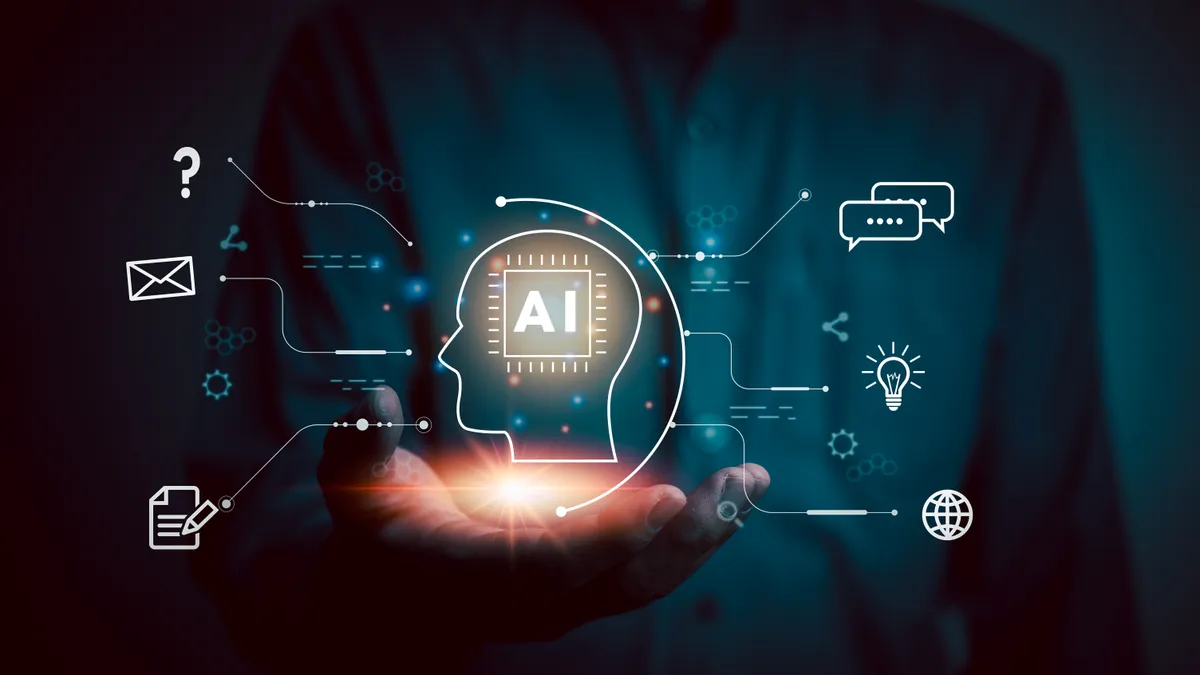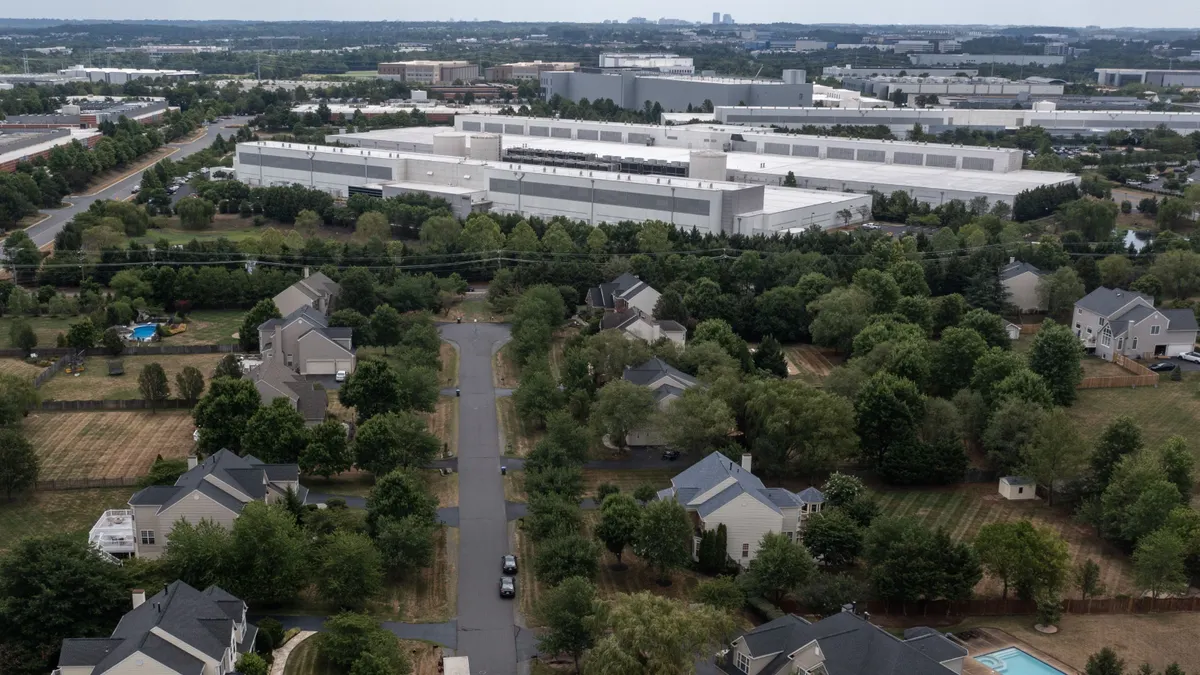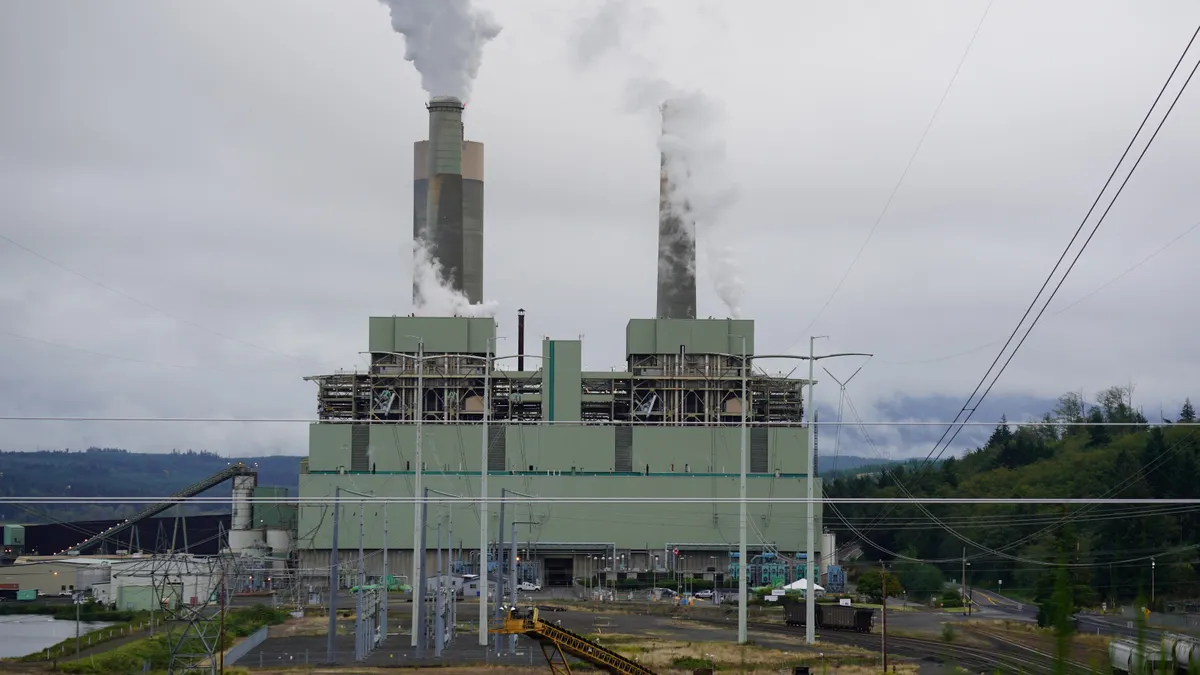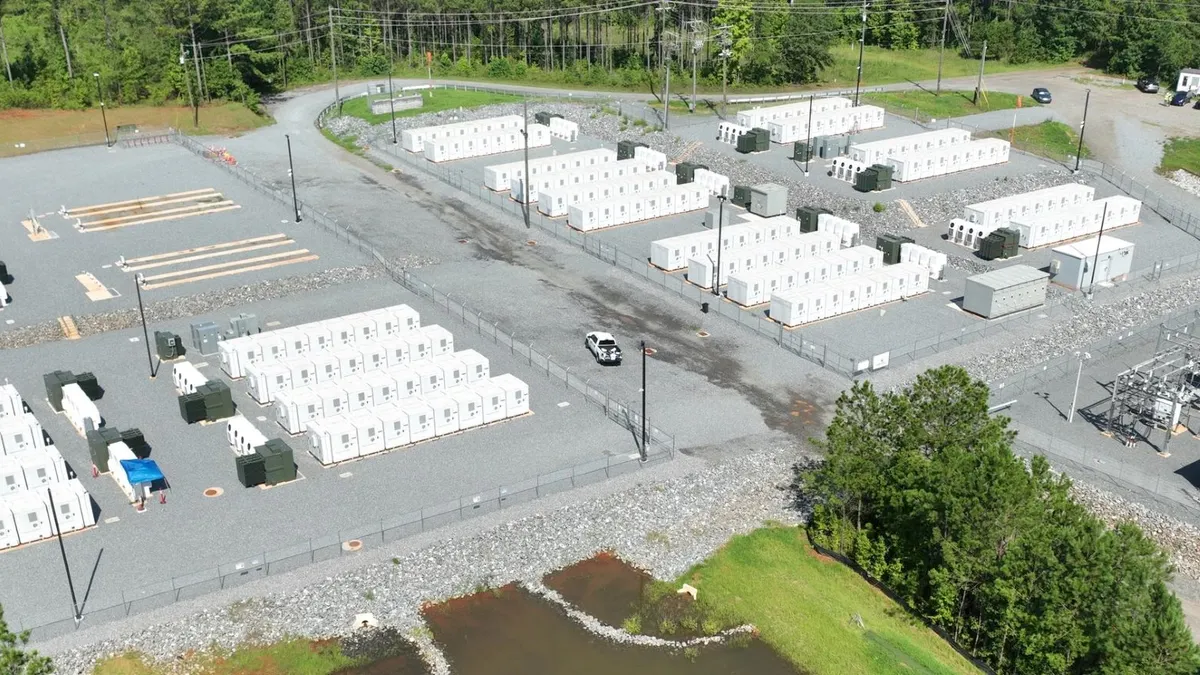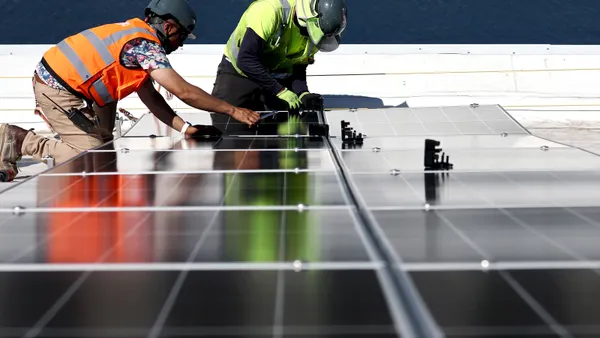Mike Duffy is a principal architect at Credera.
In recent years, the power and utilities industry has faced escalating pressure to reduce carbon emissions, driven by both regulatory mandates and societal expectations. In 2023, the U.S. Environmental Protection Agency reported that power plants remained the largest stationary source of greenhouse gas emissions, with 1,320 facilities emitting approximately 1.5 billion metric tons of carbon dioxide.
However, there was a notable 7.2% decrease in reported power plant emissions between 2022 and 2023, reflecting a broader trend toward cleaner energy sources. Globally, the International Energy Agency observed that while total energy-related CO₂ emissions increased by 1.1% in 2023, the growth was significantly tempered by the adoption of clean energy technologies such as solar, wind and electric vehicles.
These emissions reductions, while encouraging, highlight both the progress made and the challenges ahead for the industry. To accelerate this transformation and meet increasingly ambitious climate goals, utility companies are turning to artificial intelligence as a powerful enabler of sustainable operations. However, despite the widespread adoption of AI across the power and utility sector, its potential remains underutilized in many areas.
AI applications in the power and utilities industry
If you're a utility company using AI but not seeing the results you want, there's a simple way to start making a real difference. AI can be used in various ways to manage risk, such as improving load forecasting as well as efficient trading, tracking and management of renewable energy credits, or RECs.
As utilities try to predict load growth, accurate predictions about energy demand can help reduce stress during peak usage times and cut down on waste, which lowers emissions. How does it work? AI tools analyze large amounts of data, like weather, past energy use, market prices and even social trends, to spot patterns and predict future demand with great accuracy. By understanding these patterns, you can determine optimal times to discharge energy storage systems like batteries based on market conditions in real time.
Energy providers can turn to AI for optimizing RECs and carbon offsets. RECs represent proof that 1 MWh of electricity was generated from a renewable energy source, such as wind, solar or hydropower, and fed into the electricity grid. When energy providers or businesses purchase RECs, they're essentially buying the "environmental attributes" of renewable energy.
By using AI, companies can efficiently compare market prices and identify various tiered credits. Machine learning algorithms analyze market data to identify trends and price fluctuations to help companies get the best deal.
Additionally, AI can assess the quality of RECs by evaluating factors such as the source of renewable energy and the reliability of the provider. This allows companies to better procure verified and compliant credits, strengthening their sustainability claims and maintaining compliance with stringent regulatory standards.
AI is also enabling utilities to automate critical back-end tasks, such as the disconnection process — a complex and heavily regulated area. Disconnecting services for non-payment involves strict checks to meet regulations and avoid expensive fines. Traditionally, this has required time-consuming manual work, like verifying payment histories, checking invoices for accuracy and making sure every regulatory requirement is met. AI simplifies and accelerates this process by automating much of the due diligence. For example, when a customer is flagged for potential disconnection, AI can instantly cross-reference multiple data sources, reviewing payment patterns, identifying consistent late payments linked to paycheck cycles and confirming the accuracy of all charges.
Another impactful way to use AI for sustainability, which has less to do with your operations but is still equally as important: educate your customers about smart devices. AI-enabled smart devices, like those from Google Nest and Amazon Alexa, offer real-time insights to help users optimize their energy usage and save money. By educating customers on these tools, they can make smarter energy choices, such as running appliances during off-peak hours or even selling excess energy back to the grid. This reduces overall energy demand, supports a cleaner, more efficient energy system and creates a more sustainable energy ecosystem.
Integration challenges
Integrating AI into the energy sector isn't without its hurdles. Many companies struggle with understanding how AI can specifically benefit their operations, which often slows down meaningful adoption. Smaller utilities may find it even more challenging due to the resources needed to train and scale AI models.
On top of this, there's a human element to consider, as change can be difficult, especially when AI steps in to automate tasks people have handled for years. It's natural to feel hesitant, but the goal isn't to replace humans. It's to enhance their work, making it more efficient and impactful.
To bridge this gap, clear communication about AI's benefits and where it fits alongside human expertise is key. Visual tools, like a simple Venn diagram showing where AI can take over routine tasks and where human judgment remains essential, can make the transition easier. The most successful companies are the ones that see AI as a partner, not a replacement, using it to work smarter, be more sustainable and make a bigger impact.


